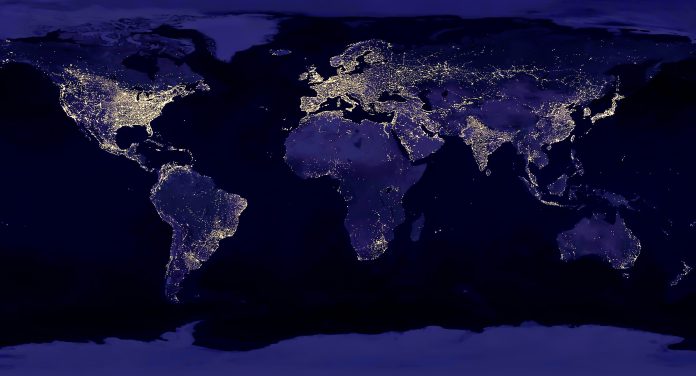NASA is working with the European Space Agency in the global fight against climate change, while inviting the next generation of technologies to contribute to its science mission
NASA is working to support innovative technology that will advance its space mission, while taking a leading role in tackling the global challenge of climate change on Earth.
Observing the Earth’s rapidly changing climate
Earlier this year, NASA and the European Space Agency (ESA) announced a first-of-its-kind strategic partnership to observe the Earth’s rapidly changing climate.
The agreement will see the agencies work together to ensure the continuity of Earth observations and advance understanding of the Earth System, climate change and application of that knowledge. In addition, they will collaborate on the creation of an open data policy that promotes sharing of information and knowledge within the scientific community and with the wider public.
NASA and the ESA have a long history of working together to understand climate change. In 2020, NASA, the National Oceanic & Atmospheric Administration and European partners including the ESA launched the Sentinel-6 Michael Freilich satellite, which is collecting the most accurate data yet on global sea level and how oceans are rising in response to climate change. The mission also is collecting data of atmospheric temperature and humidity that will help improve climate models and weather forecasts.
NASA has more than two dozen satellites and instruments observing how the planet is changing and measuring key climate indicators, such as the height of oceans and inland waters, clouds and precipitation, and carbon dioxide.
The agreement followed the announcement in May of NASA’s Earth System Observatory, which will design a new set of Earth-focused missions that will provide key information to guide climate change efforts, along with disaster mitigation, fighting forest fires and improving real-time agricultural processes.
“Together, NASA and ESA provide most of the world’s Earth science coverage through our Earth-observing satellites,” said Thomas Zurbuchen, NASA Associate Administrator for Science.
“NASA has more than two dozen satellites and instruments observing how the planet is changing and measuring key climate indicators, such as the height of oceans and inland waters, clouds and precipitation, and carbon dioxide.”
“This transformative agreement will build on that capability, forging a critical international climate science partnership to tackle the most challenging climate questions in an integrated and strategic way. Not only will NASA and ESA work together to deliver unparalleled Earth science observations, research and applications, but all of our findings will also be free and open for the benefit of the entire world as we work together to combat and mitigate climate change.”
2021 Entrepreneurs Challenge
Elsewhere, in July NASA announced the 2021 Entrepreneurs Challenge, which is inviting fresh ideas and participants to develop instruments and technologies with the potential to advance the agency’s science mission goals.
Successful participants will contribute to three areas of science technology: small satellite capabilities to enable science; metamaterials-based sensor technologies; and sample handling and processing technology for the detection of biomarkers in highly dilute samples.
NASA’s Science Mission Directorate will award finalists up to $90,000 through at two-stage process. Awardees will be encouraged to take part in follow-on activities through NASA’s Small Business Innovative Research programme to learn about additional ways they can work with the agency.
In Round One, entrants must submit a five-page white paper that broadly describes their idea and its relevance to a specific science-enabling area of technology. A NASA panel will select up to 20 ideas to advance to the next round, awarding each winner $10,000.
Companies advancing to Round Two will submit a more comprehensive white paper and take part in a live Virtual Pitch event before a NASA judging panel. Venture capital firms will also be invited to the Virtual Pitch. At the conclusion of the event, the judging panel will award up to 10 of the highest scoring teams $80,000 each.
Nicole Rayl, Acting Chief Technologist for Science at NASA, said: “NASA relies on innovative technology to advance our crucial science goals. Today’s novel ideas enable tomorrow’s cutting-edge research – and we sponsor and support such technology development through every step of that process. We’re also so excited to see the creativity launched by challenges like this.”
References











